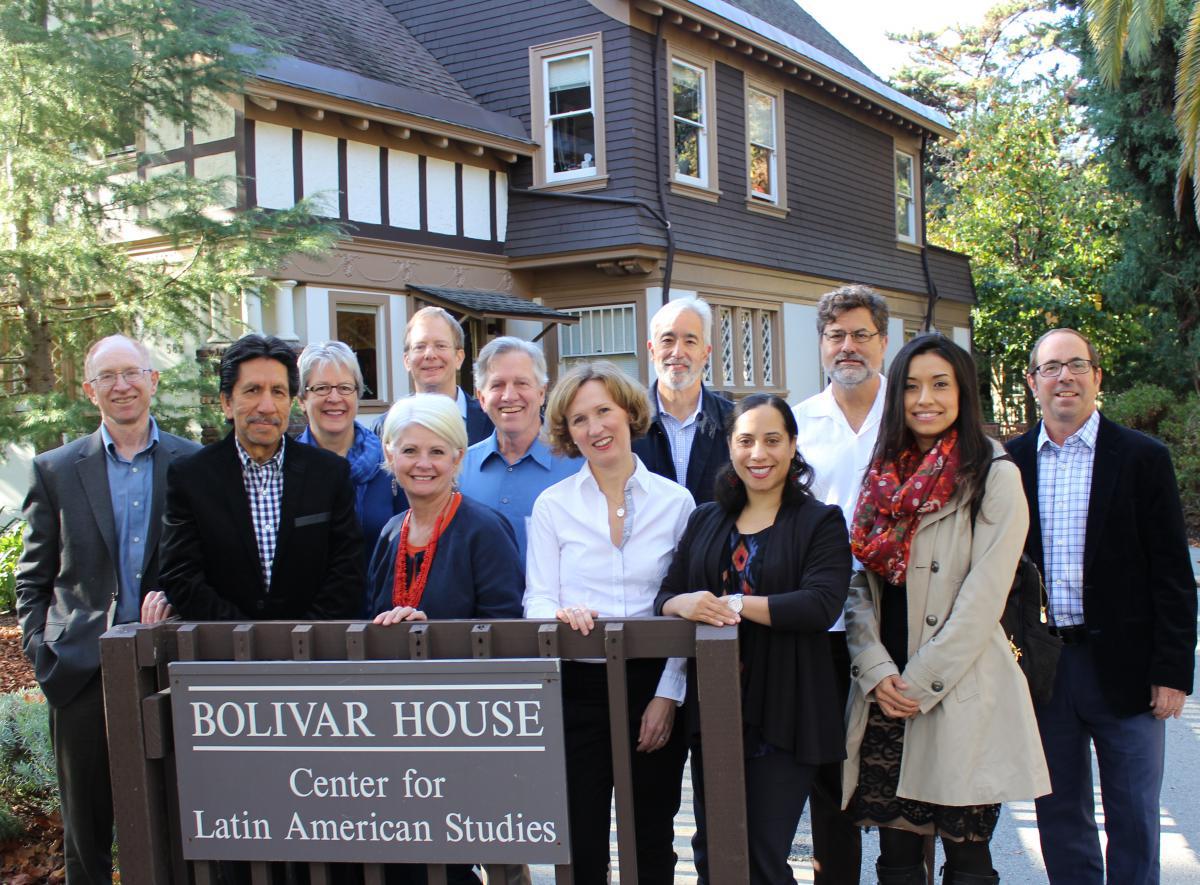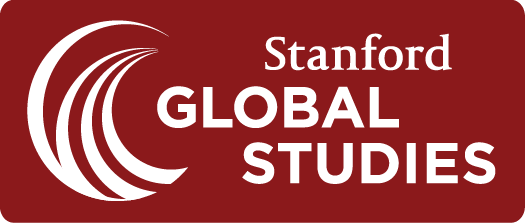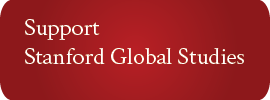Celebrating 50 Years of Latin American Studies at Stanford
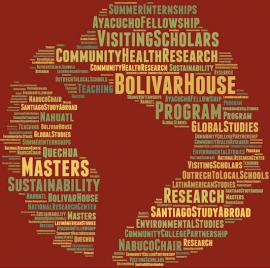
Dec 4 2015
Posted In:
Announcements
The year was 1965. The Cuban Missile Crisis had elevated fears about international security as the world teetered on the brink of nuclear war, and U.S.-Latin America relations were at an all time low.
To improve relations and expertise, and to prevent the proliferation of communism in the region, President Kennedy enacted a series of federal aid and education programs, and expanded funding for higher education centers dedicated to the study of Latin America.
“In 1965, Stanford was a very, very different place,” recalled Stanford University Provost John Etchemendy. “In that year, Martin Luther King Jr. had delivered the first of his two campus speeches, students and faculty were vigorously demonstrating against the Vietnam War, social rules in society were changing, and the role of area and ethnic studies centers in the academy were being vigorously debated.”
This was the backdrop for the creation of the Center for Latin American Studies (CLAS) at Stanford. “The genesis of the program coincided with those critical moments of society that appreciated the significance of diversity in the world,” remarked CLAS Faculty Director Rodolfo Dirzo.
This fall, the center looked back on its fifty-year history and ahead at some of the pressing issues facing the region today.
In fact, the archives show that the origins of interdisciplinary studies in Latin America at Stanford can be traced nearly to the beginning of the university, notes Stanford Global Studies Director Norman Naimark. The school’s second president, John Casper Branner, was also a Brazil specialist who founded the first Brazilian studies and library programs in the country at Stanford.
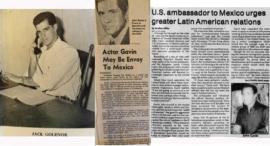
As part of the anniversary celebrations, the Stanford Library opened its archive of CLAS materials including class photos, historic moments, notable visitors, and interesting facts.
“Probably not many here know that Latin American Studies at Stanford has a Hollywood connection,” revealed Adan Griego, Curator for Latin American, Mexican American & Iberian Collections at the Stanford Library. “John Gavin appeared in the 1960 films Spartacus and Psycho.” Gavin graduated from Stanford with a bachelor’s degree in economics and Latin American affairs in 1952, and the files indicate that he attended a campus reception in his honor after being named by President Reagan to be U.S. Ambassador to Mexico in 1981.
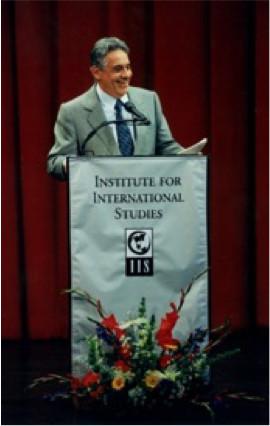
Over the last half-century, Latin America’s leading intellectuals, dignitaries, artists, activists, and Nobel Prize winners visited Bolivar House—the lively home for CLAS on campus. “You name it, they’ve been here,” says Griego. “We had presidents asking to come visit us, so we hosted Carlos Andres Perez, the President of Venezuela, Brazilian President Fernando Henrique Cardoso,” recalls Dr. Terry Lynn Karl, who directed CLAS from 1990 to 2001.
Karl also points to the immense, national network of Latin Americanists the center has produced: “We have graduates from our center who are professors at Yale, Princeton, Harvard, MIT, and Berkeley, I could go on and on.” Recent alumni also feel the strength of the center’s connections. Nathan Keegan, who earned his master’s degree in 2012, received extensive assistance with fellowship applications and career placement years after graduating: “to me, CLAS isn't just a degree, but a lifelong network of resources and support.”
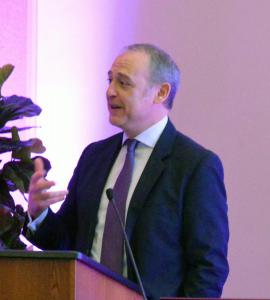
Today, the world, Latin America, and Stanford are very different, but the mission of CLAS in supporting interdisciplinary research and teaching is no less crucial, noted Provost Etchemendy.
“Latin America still is the most unequal region on the earth...democracy is being seriously challenged in the region,” warned Former Mexican Ambassador to the U.S., Arturo Sarukhan, who spoke at the anniversary gala. While Latin America is nuclear weapon free, trade is on the rise, and there is no interstate conflict, challenges such as human insecurity, transnational organized crime, and endemic corruption continue to plague the region.
“The complexity of the Latin American region is formidable,” says Dirzo. CLAS tackles this by approaching the region through three avenues: history and culture, economics and political science, and environment and sustainability. Elizabeth Saenz-Ackermann, Associate Director of CLAS, says it’s also the attitude of the students that defines the center. “Our students are interested in helping to shape a more socio-economically just region and to educate and inform U.S. private and public entities on issues related to Latin America.”
“No prestigious university is doing what Stanford is doing...I am so proud of that,” said former President of Peru and Stanford Alumnus Alejandro Toledo. “I have been a direct witness of the enormous effort that the center has done these past 50 years to enrich the study of Latin America.”
And while the U.S.-Latin America relationship still faces many hurdles, including the narcotics trade and migration, Sarukhan did point to one breakthrough in the last 50 years: the normalization of relations with Cuba. “I certainly hope he [President Barack Obama] can move forward and convince congress to eliminate the embargo, because this will eliminate one of the issues that has clouded Latin America’s perceptions and interaction with the U.S. for decades.”
View the speeches by President Toledo and Ambassador Sarukhan from the fiftieth anniversary gala, or watch the center’s anniversary video.
